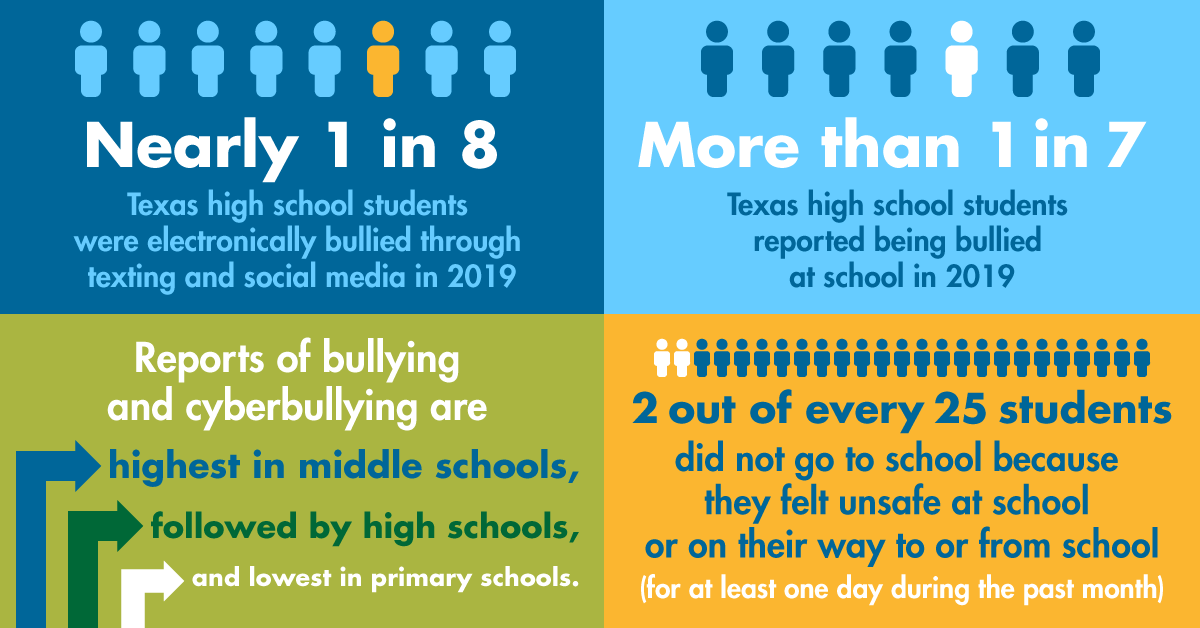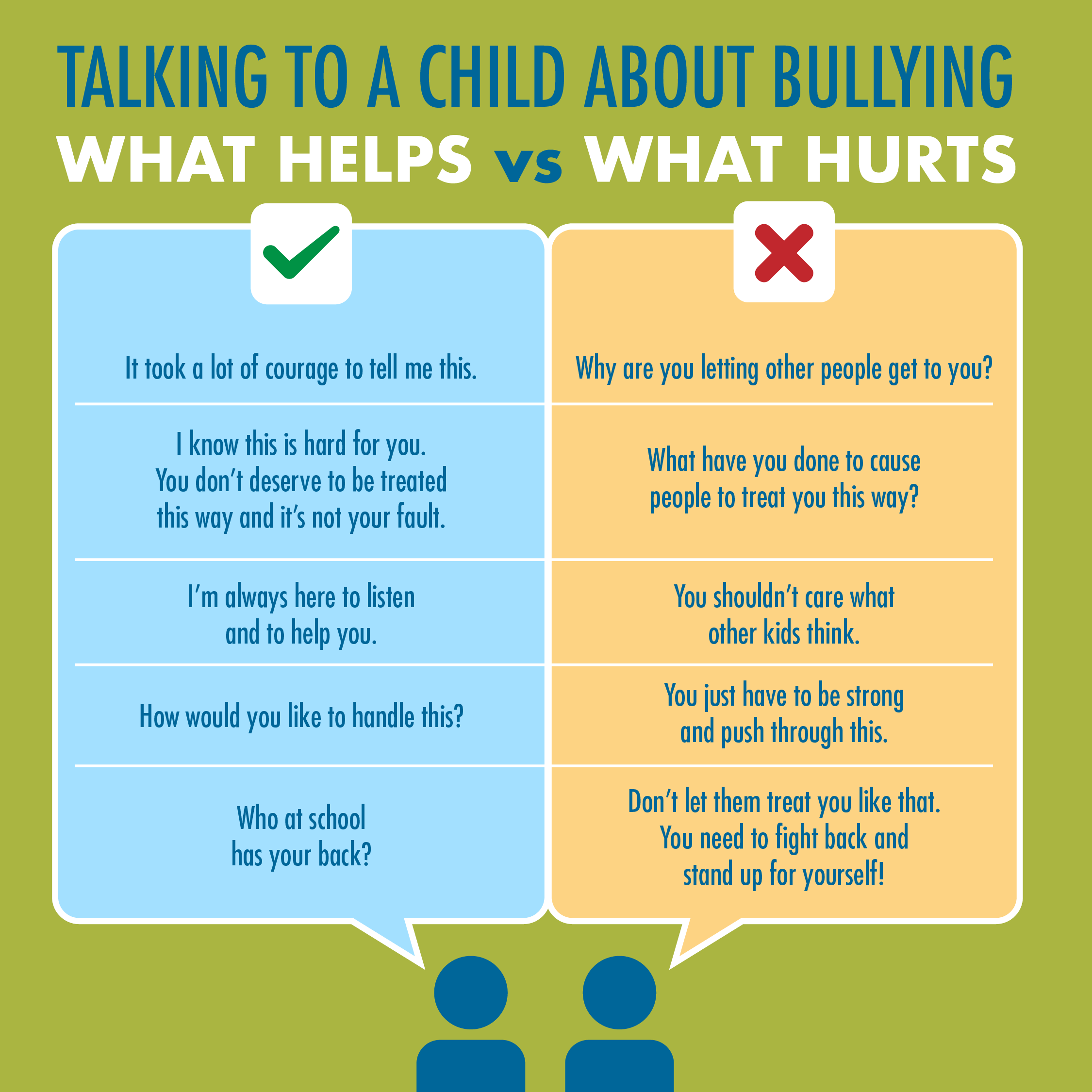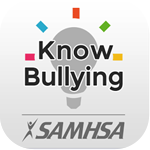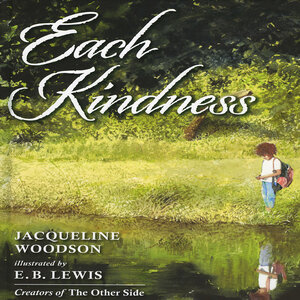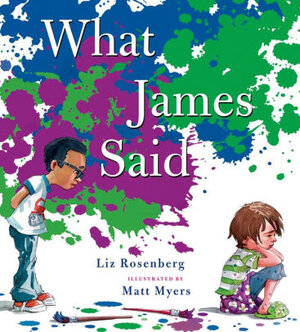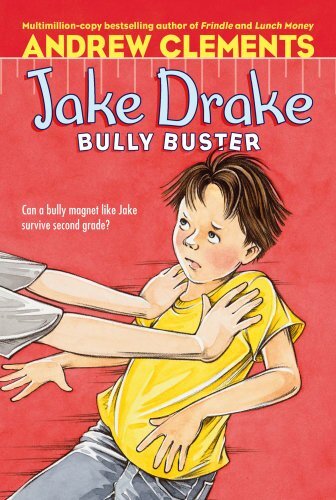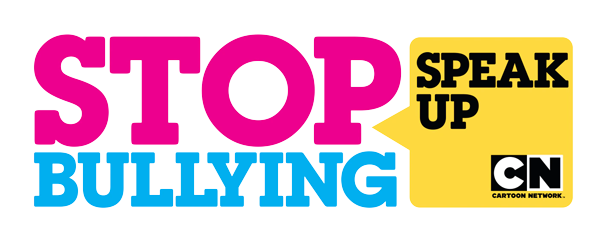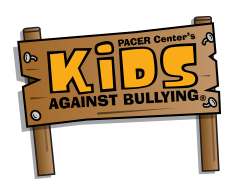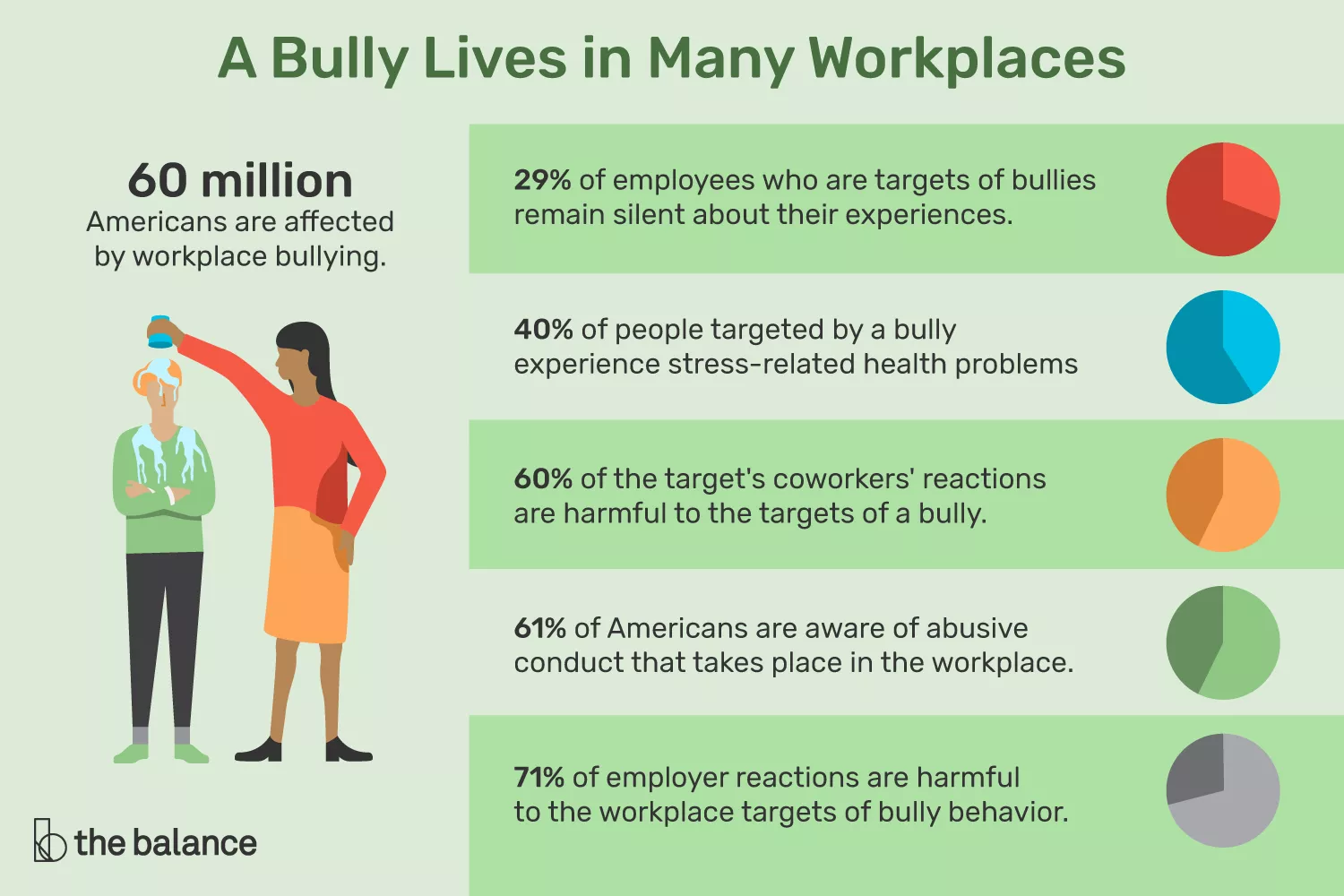Bullying Resources
What is Bullying?
According to the American Psychological Association, bullying is defined as “a form of aggressive behavior in which someone intentionally and repeatedly causes another person injury or discomfort. Bullying can take the form of physical contact, words, or more subtle actions.”
Bullying has a negative impact on all involved, including those who are bullied, those who bully others, and those who witness bullying, known as bystanders. Recent findings from the National Youth Risk Behavior Survey (2019) show that:
Types of Bullying
By definition, bullying is the repeated attempt to scare, hurt, or intimidate another person. Here are some examples of types of bullying:
Cyberbullying: Using social media, texting, gaming, and other technology to hurt or threaten others. Examples include:
saying hurtful things about someone online
sending threatening text messages
spreading rumors online
sharing private images or texts without a person’s consent or with the intention to hurt a peer
pretending to be someone else to get private information from someone
Verbal bullying: Saying rude, cruel, or hurtful things to cause a person pain or embarrassment. If negative comments are made repeatedly, even if the person says they are “just kidding,” it is still bullying behavior. Examples include:
gossiping about someone
making negative comments about a person’s appearance, behaviors, culture, race, or sexual orientation.
Social bullying: Trying to embarrass or affect the social standing of another person. Examples include:
spreading rumors
using hurtful jokes to embarrass someone
purposely excluding a person from activities or groups
Physical bullying: Physically hurting someone through violence, such as hitting, kicking, shoving, spitting, pinching, or any unwelcome physical contact; or damaging another’s property.
Warning signs of Bullying
Here are some warning signs that indicate a child or teen is being bullied:
Unexplainable injuries
Lost or destroyed clothing, books, electronics, or jewelry
Frequent headaches or stomach aches, feeling sick or faking illness
Changes in eating habits, like suddenly skipping meals or binge eating; kids may come home from school hungry because they did not eat lunch
Difficulty sleeping or frequent nightmares
Declining grades, loss of interest in schoolwork, or not wanting to go to school
Sudden loss of friends or avoidance of social situations
Feelings of helplessness or decreased self esteem
Self-destructive behaviors such as running away from home, harming themselves, or talking about suicide
Tips for Parents
Hearing that your child is being bullied can bring up many emotions, including anger, sadness, guilt, or all of these at once. Your first reaction may be to jump into action—call the parents, write a strongly worded email to the principal, or even post a rant on social media.
However, if your goal is to support and help your child move through this, one of the best things you can do is calmly listen to what your child is sharing with you and validate their feelings. Often, children and teen don’t tell their parents they are being bullied because they are embarrassed or ashamed, so it’s important that you create a safe space that encourages them to continue sharing with you in the future.
When having this conversation, be aware some things you say can help and some things can hurt.
Many different factors can impact a person’s mental health—and bullying can be one of those factors. Research shows that 20% of U.S. students ages 12 to 18 have been bullied. According to The Centers for Disease Control and Prevention, youth who report both being bullied and bullying others have the highest rates of negative mental health outcomes, including depression, anxiety, and thinking about suicide.
What if my child is the bully?
If your child comes home complaining about being bullied, you may be surprised to hear from school administrators that your child is actually the one who is bullying others. It can be hard to examine your child’s behaviors and identify the underlying reasons for bullying others. But doing so can help you address potential mental health needs, nurture their self-esteem, and teach them ways to build empathy and friendship with others.
Why might my child be bullying others?
Often, we are quick to label a child as “bad” when we find out they are bullying other children, but it’s important to proceed with caution and work on figuring out the underlying causes. According to Child Mind Institute, there are various reasons why a child may be prone to bullying others, including:
They want to fit in with others.
They are being bullied or treated aggressively at home, and they are trying to regain a sense of control outside the home, such as at school.
They are seeking attention from adults and don’t know other ways to get it.
They may not realize that their behavior is hurtful to others. This can be especially true for younger kids or adolescents who may think of their behavior as teasing rather than hurtful behavior.
They may perceive the actions of others as threatening or harmful, and they may be acting out to defend themselves.
What can I do?
As a parent, you may think punishing your child for negative behaviors is the most obvious solution. Of course, it’s important to set boundaries and discipline children. However, you also want to help your child build healthy and respectful relationships with others. Here are some ways to do this.
Communicate. Remember to model the kind of communication you want to see in your child. Find a time to talk calmly about how your child is feeling about the situation and what is contributing to the bullying behavior. Try to understand their point of view and help them to feel heard. You could say something like:
“I got a call from the school today, and the teacher mentioned you were involved in some bullying. I’m really concerned about this, and we need to talk about it. Please tell me what happened.”
Plan for the future. Talk with your child about future scenarios that might prove difficult for them to handle and guide them through appropriate responses. Be specific in your examples and focus on how they can practice respectful, relationship-building behaviors, instead of simply saying, “Don’t be a bully.” For example, if your child has been deliberately excluding one of her classmates from social activities, you can say:
“When someone asks to play with you, you should say yes. I want to see you including others, and I want to see you using only respectful language. Can you think of some things you could say to Susie to include her?”
Stay connected. Monitor your child’s interactions with other children on a daily basis. You can do this by helping your child make a plan before starting the school day. At the end of the day, ask them to relate one thing that made them feel good and one thing that made them feel bad that day. This provides an opportunity to process the day’s events together and to validate their feelings. It also helps to build trust and keep lines of communication open between parent and child.
Start of the day: “What are some things you have planned today? What will you say to Daniel if it feels like he is being mean to you?”
End of the day: “How was your day today? Can you tell me one thing that made you feel good and one thing that made you feel bad?”
Seek help. If you are consistently working with your child on building relational skills and yet the bullying does not stop, consider getting a mental health evaluation. Your child might need a therapist’s help to work through underlying issues. For help with finding mental health resources, call the Here For Texas Mental Health Navigation Line at 972.525.8181. This free service is available Monday-Friday from 10 a.m. to 6 p.m. You’ll find a trained navigator ready to help with guidance, information, resources and support. Se habla español.
Building Resilience
What is resilience?
Resilience is fostered through exposure to challenges and figuring out how to deal with them. When a child experiences bullying and finds a way to overcome it, their resilience is strengthened. Resilience is not the absence of distress or difficulty in a person’s life, but the ability to bounce back after a failure, disappointment, or adverse circumstance. Resilience is the asset that helps a person get through tough things like bullying or loss and come out stronger.
How to talk to kids about resilience
When talking to children and teens about resilience, focus on tangible ways they can build their resilience every day. As parents, you can teach them how to develop resilience in four areas: physical, mental, emotional, and social.
Physical Resilience
Eat nutritious food and drink plenty of water.
Keep moving. Exercise cleanses our body of stress chemicals like adrenaline and cortisol and releases feel-good chemicals like endorphins and serotonin. When you’re moving your body, you’re building resilience!
Practice self-care. This might be a hot bath, washing your face, or any intentional act to take care of your physical well-being.
Mental Resilience
Practice mindfulness—or focused attention—consistently to boost your mental resilience.
Take time to think about your priorities, goals, and other things that are within your control.
Stay curious. Ask questions, learn about topics that interest you, and stimulate your mind.
Emotional Resilience
Do things that spark joy and positive emotions. It can be as simple as looking at cute dog pictures or having a laugh!
Check in with your emotions. When you feel something, try to name the emotion, accept the emotion, allow yourself to feel it, and then reflect on why you felt the way you did and how you can move through it. Remind yourself that emotions are temporary.
Social Resilience
Surround yourself with people that build you up and encourage you.
Be willing to ask others for help and willing to offer it when you’re able.
Feeling connected is powerful. Learn to lean on others and make relationships in your life a priority.
How can resilience help a child or teen bounce back from bullying?
When a child is being bullied, it can lower their self-esteem, reduce their confidence, and make them feel “stuck.” We need resilience to be able to move through adversity and come out on the other side even stronger.
When a basketball loses air and won’t bounce, do you throw the ball away? No – you pump it up with air and get back to playing! When a young person is feeling deflated, resilience and grit is what keeps them motivated and growing.
Using Therapy to Support Your Child or Teen
Bullying can take a toll on mental health and have long-lasting effects. Parents can help children process their experiences and learn positive ways to cope. In addition, therapy can help a child regain self-esteem, process difficult emotions, and learn ways to build positive friendships.
How to know when your child needs help from a mental health professional
If your child or teen is being bullied, they may be feeling angry, sad, lonely, or embarrassed, among other emotions. Bullying affects each child differently. It’s important to ask what they are feeling and help them process what they’re experiencing. It can be helpful to have them process their feelings with a licensed mental health professional.
There is never a “wrong” time to seek help from a therapist – young people can benefit from therapy no matter what they are experiencing. Early intervention is best. It is better for your child to see a therapist when you first notice they are becoming overwhelmed, rather than waiting until they are in crisis.
Here are some signs that your child may need to see a therapist:
Having trouble concentrating
Angry outbursts
Loss of interest in things
Changes in appetite or sleeping patterns
Irritability
Withdrawal or isolation
Feeling hopeless or helpless
Thoughts of suicide
What types of therapies can help?
These are a few commonly used types of therapy that can be helpful for children and teens who have experienced bullying.
Cognitive Behavioral Therapy (CBT) can help ease anxiety, fear, stress, and other emotions associated with being bullied. CBT helps young people learn how to understand their thoughts, feelings, and behaviors, and how to use coping skills and techniques that lead to more positive thinking.
Play therapy is a form of counseling or psychotherapy where play is used as a means of helping children express or communicate their feelings. Play therapy is a great option for young children who may not be developmentally mature enough to benefit from traditional talk therapy techniques.
Eye Movement Desensitization and Reprocessing (EMDR) can be used to help children cope with the trauma they experience from bullying. EMDR consists of the therapist guiding the client in concentrating on a troubling memory or emotion while following the therapist’s fingers with their eyes rapidly back and forth. This rapid eye movement, which occurs naturally during dreaming, seems to speed the client’s movement through the healing process.
See our Education section for more information on types of therapy.
Where can you find help?
If you need help finding resources for your child or teen, call the Here For Texas Mental Health Navigation Line at 972.525.8181 and speak to a trained navigator for guidance, information, resources and support. This free service is available Monday-Friday from 10 a.m. to 6 p.m. Se habla Español.
Navigating Social Media
Social media apps parents should know about
You’ve seen your kids spending hours on their phones, Instagram, and Snapchat. Here are a couple of articles with information about mobile apps and keeping your children safe online.
18 Social Media Apps and Sites Kids Are Using Right Now
A Complete Guide to Potentially Dangerous Apps All Parents Should Be Aware Of
Articles and tools
Here are some resources to help parents address bullying and support their child or teen.
My Child is Being Bullied—What Should I Do?
Empowering Parents caught up with Peggy Moss, a nationally known expert on bullying and a tireless advocate for the prevention of hate violence, to discuss bullying and what parents can do when they suspect their child is being bullied. And what they can do—together—to try to stop it.
Is Your Child Being Bullied? 9 Steps You Can Take as a Parent
As we all know too well, name–calling, cruel taunts, cyberbullying, and physical bullying happen every day to kids across the country. When your child is being bullied, it’s hard to concentrate on anything else—all you want to do is make it stop immediately.
This is a bullying prevention app for parents, educators, and caregivers. Research shows that parents and caregivers who spend at least 15 minutes a day talking with their children or teens help build strong relationships and prevent bullying. This free app will help you boost your child’s confidence and resilience and build effective strategies for facing bullying.
The Wholehearted Parent Manifesto
An excerpt from the book Daring Greatly by Brené Brown that offers loving and encouraging reminders to pass on to our children.
StopBullying.gov provides information on how to prevent bullying, how to intervene as a parent and information on laws and policies. Information available in Spanish.
Tips for Youth
Bullying. No one deserves it, and yet it continues to happen in many different situations. Bullying can be done by people we don’t know very well, by people we consider friends, or even by authority figures. It can happen at school, work, church, in sports, and other environments. If you or someone you know is being bullied, remember that it is not your fault. When bullying occurs, it is important to seek help, stand up for what’s right, and get support.
What to do if you are bullied
If you are being bullied, it is important to reach out for support. And remember, you do not have to face the situation alone.
Talk to trusted adults. Reach out to adults in your life who are ready and willing to help. It may be a teacher, a counselor, a parent, a coach, a faith leader, or all the above! Pick an adult you trust and tell them what is going on. They may not know you are being bullied unless you tell them. If you are nervous about talking to them, consider taking a friend with you for support.
Get support from your friends. Seek out friends, old and new, who are supportive and loyal. Stay close to them and let them know what you are going through. They can provide support and stand up to the bully with you.
Do not hide the fact that you’re being bullied. Have the courage to report. Many bullies rely on fear and silence as their secret weapon. You may feel like it’s tough to talk about, but it is very important to make sure others know what is happening so they can help put a stop to it. You should not have to suffer in silence or face it alone.
Positive Coping Skills
It can take some time to resolve bullying situations, so it’s important to take care of yourself and manage your stress through positive coping skills. Here are a few ways to do this:
Vent. Find healthy ways to express yourself and get your feelings out. Talk to a trusted friend or family member, journal, or engage in a creative activity like playing an instrument, drawing, painting, singing, or dancing. Venting is one of the best ways to relieve stress.
Relax. When we experience physical or emotional pain, our stress responses kick into high gear. You may have an increased heart rate, heavy breathing, nausea, butterflies in your stomach, or general feelings of anxiety and fear. The good news is that relaxation techniques can help bring you back to center and relieve some of these stress symptoms. Try using meditation apps, lying still with your eyes closed and listening to your favorite music, going on a nature walk, coloring, doing breathing exercises, practicing mindfulness techniques, or just getting some “me time.” These can be helpful in getting back to a calm state.
Exercise. Movement is one of the body’s natural ways of “burning off” the stress chemicals in your system. Whether it is through sports, yoga, dancing around your room, or taking a walk around the block, exercise releases chemicals in the brain that help you feel more relaxed.
Focus. Sometimes you just need to take a break and do something you enjoy—such as photography, building projects, cooking, mechanics, or something you’re curious about. When you are focused and engaged in something, you’re able to take a mental break from stress.
What to do when you see bullying
Sometimes we don’t know how to support a friend or classmate who is being bullied or how to make bullying stop when we see it. There are specific things you can do. Instead of being a bystander and just letting bad things happen, you can become an “upstander.” An upstander is a person who takes positive action against hurtful behavior. It takes courage to be an upstander, but by doing this you can truly make a difference.
Let them know you care. If you see someone being bullied, find ways to be supportive. They are probably feeling lonely, embarrassed, or afraid. Knowing they have support from their peers will help. Post supportive comments online. Message them to see if they need to talk. Check on them in-person. The important thing is to let them know you notice the bullying, you do not approve of it, and you are there to help.
Shift the focus away from the bullying situation. Here are couple of ways to do this:
Get the person away from the bully. Ask them for help on something, such as an upcoming assignment, and ask them to come sit with you to discuss it, away from the bully.
If you know the bully, try to divert their attention from the person they are bullying. Ask them to help you with something, change the subject to something neutral like sports or movies, or pull up a funny meme on your phone.
Call the bully out. If you feel safe doing so, let the bully know that their behavior is not okay. Be direct, calm, and confident. It helps to have some backup, so if possible, chat with a close friend beforehand to get their support as well.
Leave the situation, then take action. If you don’t feel safe stepping in, walk away and then think about how you can help. Bullying usually lasts longer when there’s an audience, either in person or online. If you laugh, share or “like” bullying posts, you’re encouraging the actions of the bully, and that makes the situation much worse. Instead, remove yourself from the situation. Ask an adult for help. Later, check in with the person being bullied to offer support and encouragement.
Offer to go with the person to talk to a trusted adult. Sometimes a person being bullied is reluctant to tell an adult or reach out for support. Give them some additional courage by offering to go with them, and let them know you will back them up.
Report the situation and ask for help. Tell a trusted adult what you have witnessed and get their support with stopping the bullying. Bullying can cause serious distress for the person being bullied, so it’s important to let someone know when you see it happening.
How to create a culture of kindness in your friend groups and in your school
You can be a source of positive change in your community. Here are some ways to do that.
Start with yourself. Even if you think of yourself as a good person, it’s still important to think about the ways you may be supporting a culture of bullying and cruelty. Ask yourself:
Do you generally accept cruel behavior as normal, both in the media and in your day-to-day life?
Do you tolerate cruel behavior when you see it happen?
Do you think you are part of the problem or part of the solution?
 One thing we can do to help curb negative habits and enhance good habits is a strategy called STOP. START. KEEP. Think about a negative behavior you’d like to stop, a positive behavior you’d like to start, and a positive behavior you’re already doing that you’d like to keep. Make it a goal to focus on each of these over the course of a few weeks and really commit to making positive changes within yourself.
One thing we can do to help curb negative habits and enhance good habits is a strategy called STOP. START. KEEP. Think about a negative behavior you’d like to stop, a positive behavior you’d like to start, and a positive behavior you’re already doing that you’d like to keep. Make it a goal to focus on each of these over the course of a few weeks and really commit to making positive changes within yourself.
Develop positive relationships. When you hang out with your friends, do you generally feel good about yourself? Do they feel better after spending time with you? Are you there for each other even during tough times? Are you able to be yourself when you’re with them? Focus on developing healthy relationships with peers, built on qualities such as positivity, consistency, and authenticity.
Practice healthy conflict resolution. Sometimes we engage in hurtful behaviors because we don’t know healthy ways to deal with conflict. Instead of talking directly to a person about how we feel, we turn to gossip or to aggressive or passive-aggressive behavior to release some of the stress that comes with conflict.
When you have a conflict with someone, you should talk to that person directly about what you experienced. Remain calm and tell your story. Use “I” statements, such as “I felt hurt when you didn’t invite me to the party,” or “I was scared when you left me by myself at the soccer field.” This keeps the other person from becoming overly defensive and feeling like you are putting all the blame on them. “I” statements allow you to share your feelings and perspectives, while leaving room for others to share their feelings and perspectives. After you tell your story, allow the other person to share their perspective on the situation. Listen respectfully, then try to come to a resolution.
Lift up your communities. Look for ways to create positive change within your school, classroom, club, or city. Start small, then work your way up. If you don’t know exactly what area to focus on, you can use a technique called SEE. CARE. DO.
First, identify what you SEE around you that you feel needs improvement.
CARE about the cause and be motivated to take action.
Identify what you can DO to help change or improve the situation. Change doesn’t happen overnight, but small steps over time can make a real difference.
Helpful Books and Websites
Books about Building Empathy, Respecting Others, and Fitting In

|
The Proudest Blue: A Story of Hijab and Family Suitable for children ages 6-9 |
Books about Building Awareness and Self-Control
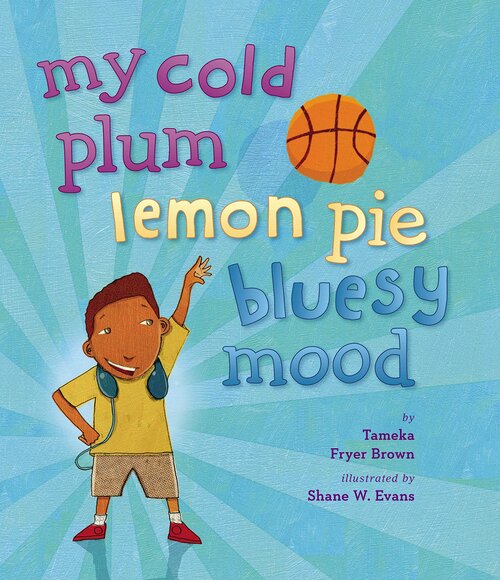
|
My Cold Plum Lemon Pie Bluesy Mood Suitable for children ages 6-9 |
Books About Practicing Conflict Resolution

|
Can I Play Too? (An Elephant and Piggie Book) Suitable for children ages 3-7 |
Websites
Child Mind Institute has gathered its best information on how to spot the signs of bullying, how parents can help kids handle it, the effects of digital technology and cyberbullying, and strategies for helping kids build and maintain healthy self-esteem. Information available in Spanish.
Stop Bullying: Speak Up is Cartoon Network's award-winning initiative that addresses bullying and describes what to do when you see it and how to stop it before it starts. Information available in Spanish.
The Bully Project offers suggestions for what to if you are being bullied, as well as advice on how to be an upstander if you witness someone being bullied.
Pacer Center’s Kids Against Bullying is a creative, innovative, and educational website designed for elementary school students to learn about bullying prevention, engage in activities and be inspired to take action. Information available in Spanish.
Teen Line’s Youth Yellow Pages features information on warning signs, effects of bullying, and helpful resources.
LGBTQ+ youth and teens can be at higher risk for bullying. The Centers for Disease Control (CDC) has a comprehensive list of LGBTQ Youth Resources from the CDC, other government agencies, and community organizations for LGBTQ+ youth, their friends, educators, parents, and family members to support positive environments.
StopBullying.gov offers information on how to create a safe space for youth with disabilities and special health care needs. Information available in Spanish.
Spark & Stitch Institute is a great resource for parents to learn and apply the latest research to parenting in the digital age.
Connect Safely’s Parent’s Guide to Cyberbullying is full of information and guidance. Information available in Spanish. (Links to PDF)
Bullying in the Workplace
Bullying is not confined to schools and students. Adults can experience bullying as well in many settings, including the workplace.
The Workplace Bullying Institute defines bullying as “repeated mistreatment of an employee by one or more employees; abusive conduct that is: threatening, humiliating, or intimidating; work sabotage; or verbal abuse."
A work bully may be a colleague that:
Takes credit for your work
Yells, insults, or puts you down in front of others
Gossips or lies about you to coworkers
Tries to undermine or sabotage your work
Bullying at work can take a toll on one’s productivity and mental health. Forty percent of people targeted by bullying experience stress-related health problems, including debilitating anxiety, panic attacks, and clinical depression. If you constantly find yourself avoiding meetings or working on projects because you’re afraid to interact with your hostile coworker, you may be a target of bullying behavior.
Tips for Dealing with Bullying Behavior
According to the online career platform The Muse, there are seven ways to deal with a workplace bully:
Speak up early on. The minute someone begins mistreating you at work, say something, call them out, and set clear boundaries for how you expect to be treated in the workplace.
Document the abuse and your performance. Keep a journal of the who, what, when, where, and why of things that happen. Keep any emails or documentation that support your experiences. Also keep any positive performance reviews or emails in case you need to prove your work.
Take care of yourself outside of work. Make sure you are participating in things that bring you joy to combat the stress and trauma workplace bullying can create. If needed, seek out a mental health professional to help you through this.
Do your research. Does your company have policies about bullying? Is there a reporting system in place? You might also want to seek outside legal counsel.
Talk to your manager—or to someone else if your manager is the bully.
Talk to HR or someone in power. This might be beneficial to do before taking any further action. Find the right person to speak with and present your case.
Look for a new job. At the end of the day, it is unknown how your workplace will handle the situation, and your well-being is a priority. If you cannot resolve the situation, try to remove yourself from the situation.
The Workplace Bullying Institute can help you determine whether you are being bullied in your workplace and what to do about it.

